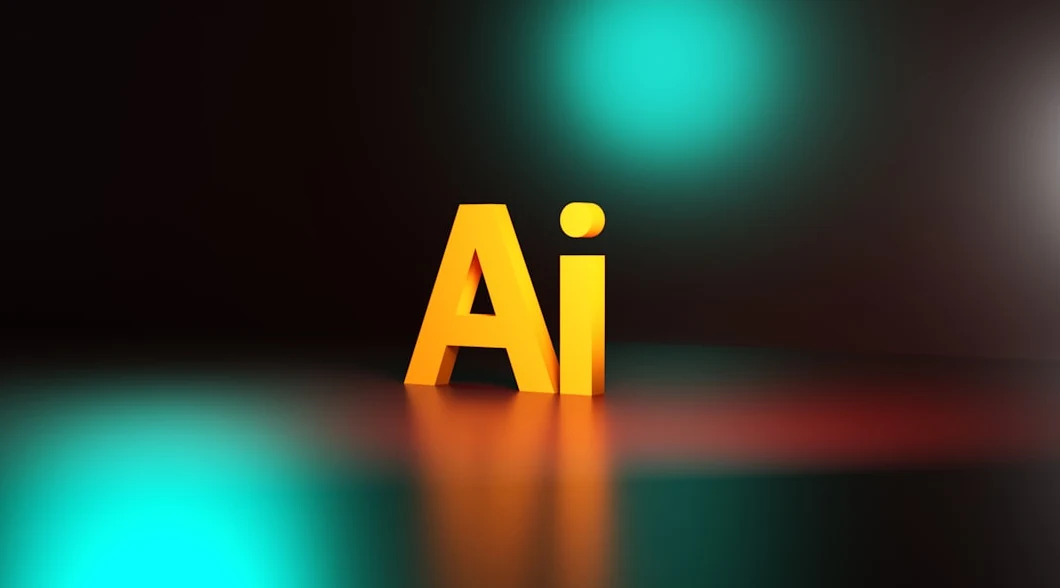The Role of Context and Nuance in Improving AI-Generated Text
Have you ever read AI-generated content that felt like it was written by a robot trying too hard to sound human? You’re not alone. While artificial intelligence has made remarkable strides in text generation, the difference between mediocre and exceptional AI content often comes down to two critical factors: context and nuance.
As someone who’s spent countless hours experimenting with AI writing tools, I’ve discovered that the secret to getting genuinely helpful, human-like text isn’t about finding the perfect AI model—it’s about understanding how to provide the right context and appreciate the subtle nuances that make communication effective.
Understanding Context in AI Text Generation
Context is the foundation upon which all meaningful communication is built. For AI systems, context serves as the roadmap that guides the generation process toward relevant, coherent output. Without proper context, even the most advanced AI models produce generic, off-target content that misses the mark.
What Makes Context So Crucial?
Think of context as the invisible thread that connects ideas, intentions, and audiences. When you provide an AI with rich contextual information, you’re essentially giving it a framework for understanding not just what to say, but how to say it appropriately.
Context encompasses several key elements:
- Purpose and Intent: What is the goal of the text? Is it to inform, persuade, entertain, or instruct?
- Audience Demographics: Who will read this content? What’s their knowledge level, age range, and cultural background?
- Tone and Style: Should the text be formal or casual, technical or accessible, serious or lighthearted?
- Subject Matter Expertise: What level of detail and technical accuracy is required?
- Format Requirements: Is this a blog post, email, report, or social media content?
The Power of Nuance in AI Communication
While context provides the framework, nuance adds the subtle touches that transform adequate text into exceptional communication. Nuance is what makes writing feel authentically human—it’s the difference between stating facts and conveying meaning with appropriate emotional resonance.
Common Misconceptions About AI and Nuance
Many people believe that AI cannot grasp or reproduce nuance, but this is increasingly untrue. Modern AI systems can handle subtle distinctions when properly guided. The key misconceptions include:
- AI can’t understand emotion: While AI doesn’t feel emotions, it can recognize and reproduce emotional patterns in text when given appropriate context.
- Nuance is too complex for machines: AI models trained on vast amounts of human text have learned to recognize and replicate many nuanced communication patterns.
- AI always sounds robotic: With proper prompting and context, AI can produce remarkably natural, nuanced text.
Practical Strategies for Enhancing AI Text Generation
Improving AI-generated text isn’t just theoretical—it’s a practical skill you can develop. Here’s a step-by-step approach to getting better results from any AI writing tool:
Step 1: Define Your Context Clearly
Before generating any text, spend time clarifying your requirements. Create a brief that includes audience details, desired tone, key messages, and any specific requirements or constraints.
Step 2: Use Specific Examples
Instead of asking for “professional” content, provide examples of the style you want. This helps the AI understand the nuances of your preferred communication style.
Step 3: Layer Your Instructions
Start with broad context, then add specific details. For instance, begin with “Write a blog post about sustainable living” then add “for busy urban professionals who want practical tips they can implement immediately.”
Step 4: Iterate and Refine
Don’t expect perfection on the first try. Use the initial output as a starting point and refine your prompts based on what works and what doesn’t.
Future Trends in Contextual AI Writing
The future of AI text generation is heading toward even more sophisticated contextual understanding. We’re seeing developments in several exciting areas:
- Multi-modal Context: AI systems that can incorporate visual, audio, and textual context simultaneously
- Cultural Adaptation: Models that automatically adjust content for different cultural contexts and sensitivities
- Dynamic Personalization: AI that learns from user interactions to provide increasingly personalized content
- Emotional Intelligence: Enhanced ability to detect and respond to emotional undertones in communication
These advancements promise to make AI-generated text even more contextually aware and nuanced, bridging the gap between artificial and human communication.
Expert Tips for Maximizing Context and Nuance
Based on extensive experimentation and feedback from content professionals, here are the most effective strategies for improving your AI-generated text:
- Be Explicit About Implicit Knowledge: Don’t assume the AI knows industry jargon or cultural references—spell them out.
- Use Analogies in Your Prompts: Saying “write like a friendly teacher explaining to curious students” provides rich contextual cues.
- Include Negative Examples: Tell the AI what you don’t want as well as what you do want.
- Provide Background Information: The more relevant context you provide, the better the output will align with your needs.
- Test Different Perspectives: Try generating content from various viewpoints to find the most effective approach.
Key Takeaways
The journey to better AI-generated text isn’t about finding a magic formula—it’s about understanding and leveraging the fundamental principles of context and nuance. Remember these essential points:
- Context is the foundation that guides AI toward relevant, appropriate content
- Nuance transforms functional text into engaging, human-like communication
- Specific, detailed prompts yield significantly better results than vague requests
- Iteration and refinement are normal parts of the AI content creation process
- The future of AI writing lies in even deeper contextual understanding and nuanced expression
As AI technology continues to evolve, those who master the art of providing context and appreciating nuance will be best positioned to harness its full potential. Whether you’re a content creator, marketer, or business professional, understanding these principles will help you generate AI text that truly resonates with your audience.
The next time you work with an AI writing tool, remember: you’re not just giving instructions—you’re painting a complete picture that enables the AI to craft text with the depth, relevance, and subtlety that effective communication demands.
